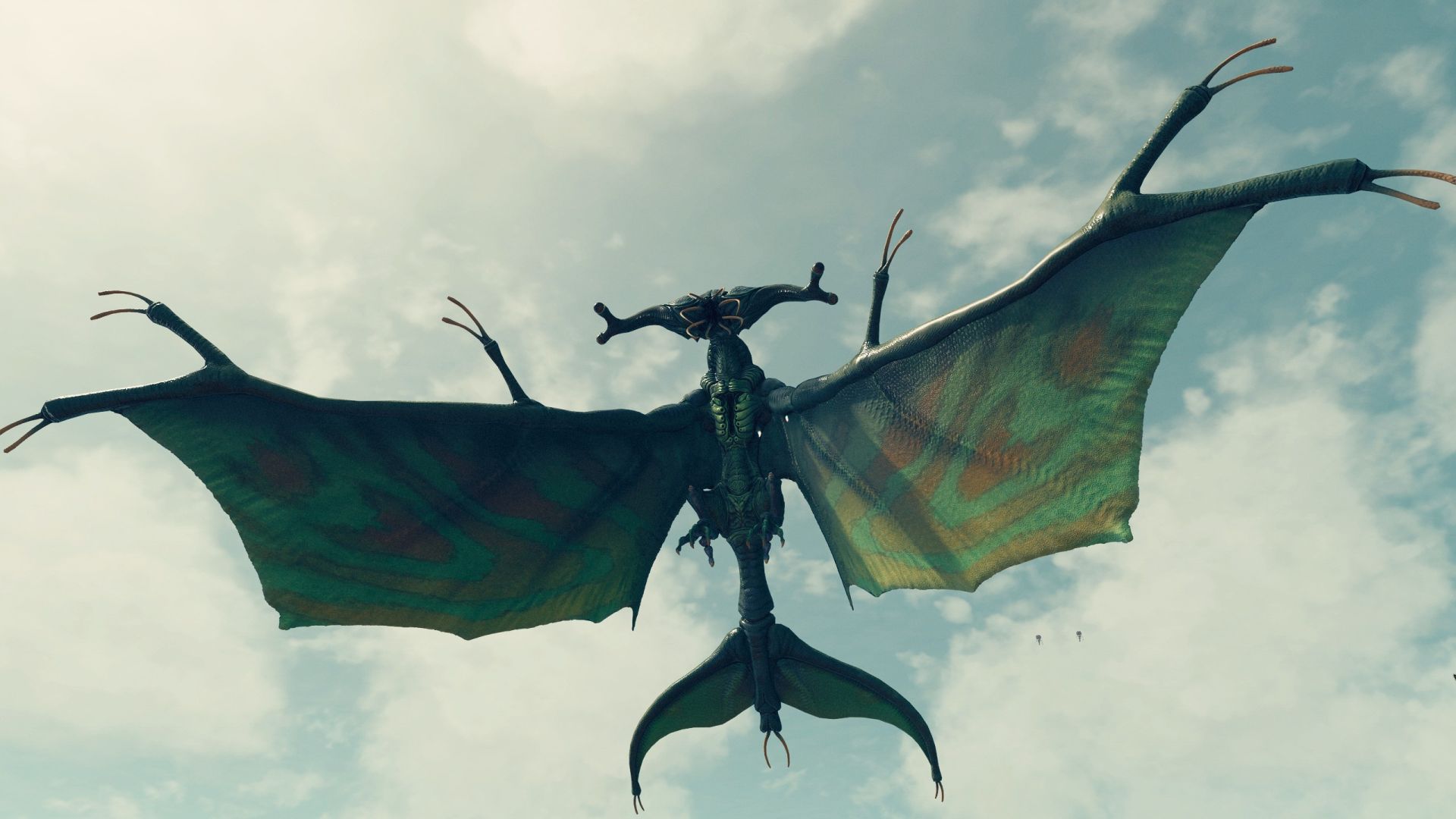
How Starfield Filled Its Galaxy with Alien Life
Carl Sagan once said, “Imagination will often carry us to worlds that never were, but without it we go nowhere.” That imagination of what exploring the universe might be like in the future is one of those driving forces behind Starfield, a massive role-playing game where we can visit distant worlds, hit up any number of settlements and, along the way, encounter some truly wild alien life.
From long-necked Cagebrains to adorable Milliwhales to arachnid-like Vuvuzelisks, we’ve come across some extraordinary creatures during our travels throughout Starfield’s vast universe – not to mention those ferocious Terrormorphs.
But how do you go about building an entire galactic ecosystem? That’s a question we wanted to ask the development team responsible for crafting those unique alien creatures, and the logic behind their placement across the galaxy. But to know where life begins, one needs to start at the source and that’s the generation of planets throughout the game’s universe — what are Starfield’s “rules of life?”
Building Planets
“The original rules for planet generation were put together and used to create a massive spreadsheet of all the stars and planets in the game,” explains Senior System Designer Sam Combs. “Data like the distance of planets from the star, the type of atmosphere and magnetosphere, the size of the planet, the presence of water, and the biomes and traits on the planet, [all] determined the likelihood of flora and fauna being found there.”
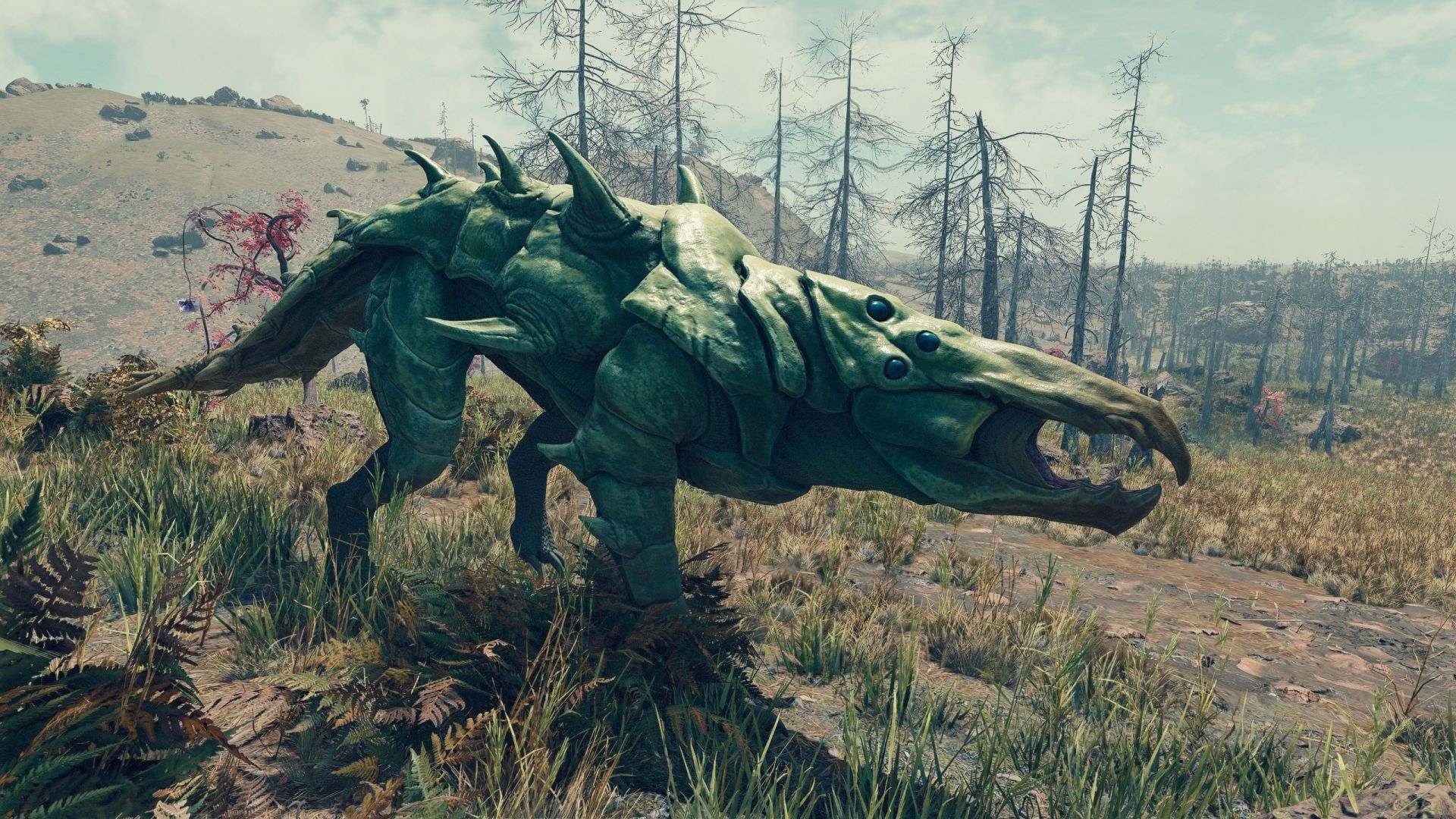
In the real world, we don’t really know what’s out there in the blackness of space – it’s possible that life is rare; very rare. But that doesn’t make for such an exciting gaming experience. To solve for this, and to ensure players could have fun and interesting encounters with alien life in Starfield, the team worked to have at least one planet with life for every solar system that housed more than a few planets.
“Although not scientific in its distribution, this does at least mirror the only solar system any of us have experience with,” explains Lead Character Artist Ben Carnow. “I do not believe that a true unifying theory for life distribution is a thing that we really touched on in Starfield. I think, as in real life, the origins of life in Starfield are intended to be mysterious. I have always found the theory of Panspermia intriguing, that the building blocks of life (bacteria etc.) are present in many places and have been spread over billions of years by things like comets or other interstellar cataclysms.”
“Creatures are cool, and we wanted lots of them,” Lead Tech Artist Felipe Nogueira shares. “Leadership had an idea of what percentage of planets would need life, and we went from there. In the end, we ended up with upwards of 200 different creature meshes split amongst the different archetypes.”
Finding Balance with Nature
After deciding where alien creatures would live, the team set about finding a way to balance the population difference on these planets. You don’t necessarily want a planet completely crawling with life, but you don’t want it to feel impossible to find these alien creatures either. Combs says that this took some trial and error, resulting in some loose guidelines for how many different types of creatures per planet based on a “calculated abundance.” This broke down to essentially one to three species on primordial planets, and up to ten or more on planets with abundant life.
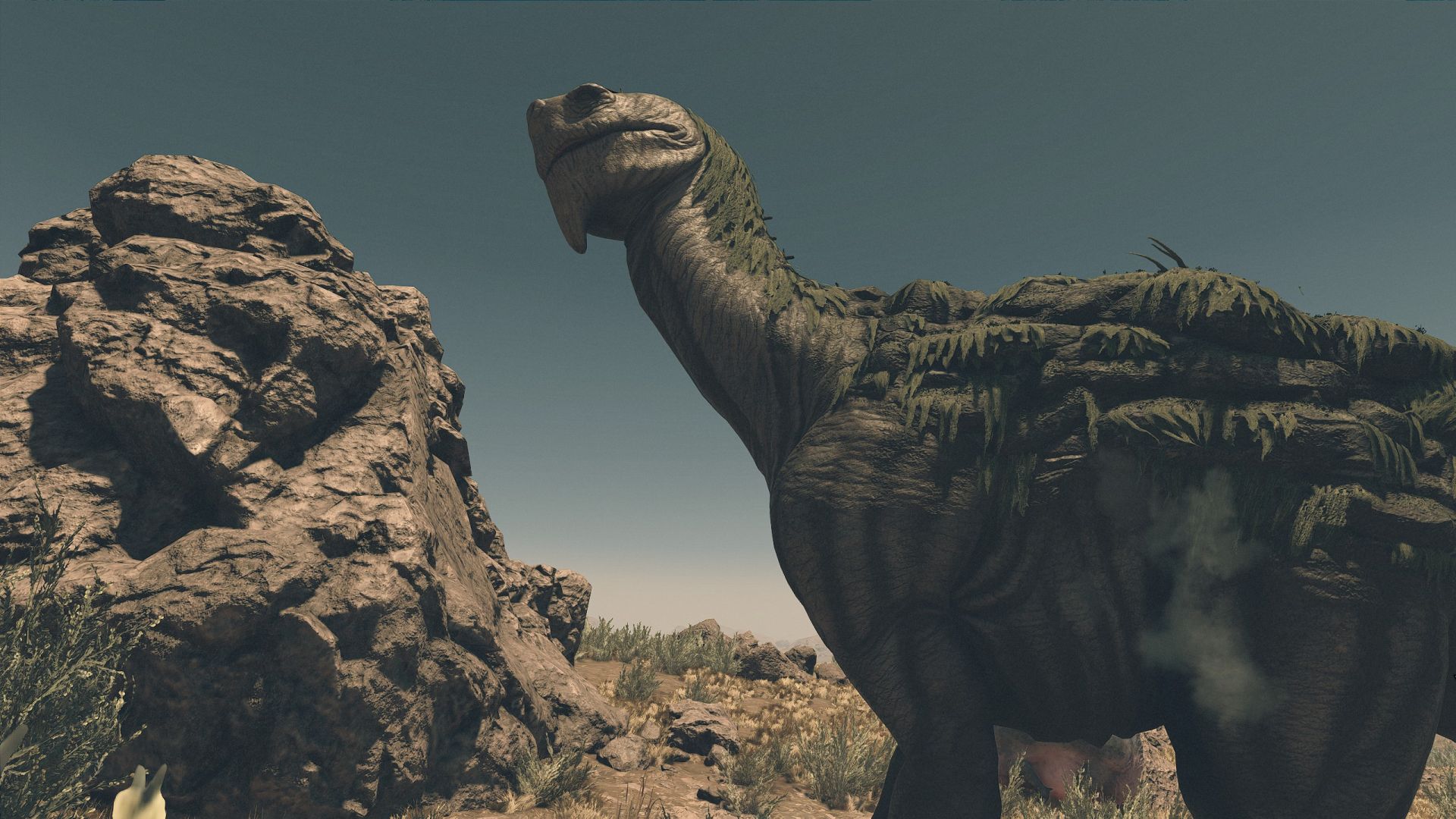
Some planets also feature multiple biomes to explore, which further complicated things. “We also had to consider which biomes they appeared in – if a creature only appeared in one, less common biome, they would be much harder to find and scan than if they appeared in multiple biomes,” explains Combs. “Having a manageable number of creatures that the player was required to find to complete a planet survey was a consideration. The density of creatures spawned is also controlled by the biome – some have higher density where it makes sense.”
I was curious to know if that placement was based on a lifeform’s evolution trajectory, because by the time we meet these creatures in the game, they’ve already reached their phase of surviving and thriving in a particular hospitable environment.
“We had an amazing variety of creatures created by our artists to choose from — there was not a specific system that determined how creatures evolved,” says Combs. “When placing creatures, there was thought put into which creatures made the most sense for which world: hard armored crabs might make sense for harsh, marshy worlds, for example. A big part of the process was if the creature looked right on a certain planet — ‘does this look like something that would thrive in the savannas of Akila?’ But they are also alien worlds, so sometimes you want a creature that looks alien.”
Piecing it Together
Creating all the creatures in Starfield required a significant amount of thought and effort from the development team. Nogueira shares that, during concepting, they produced dozens of silhouettes to create a diverse pool of alien creatures. Each of these concepts were grounded in realism by studying real creatures from our planet, while taking note of how diverse our own ecosystem is.
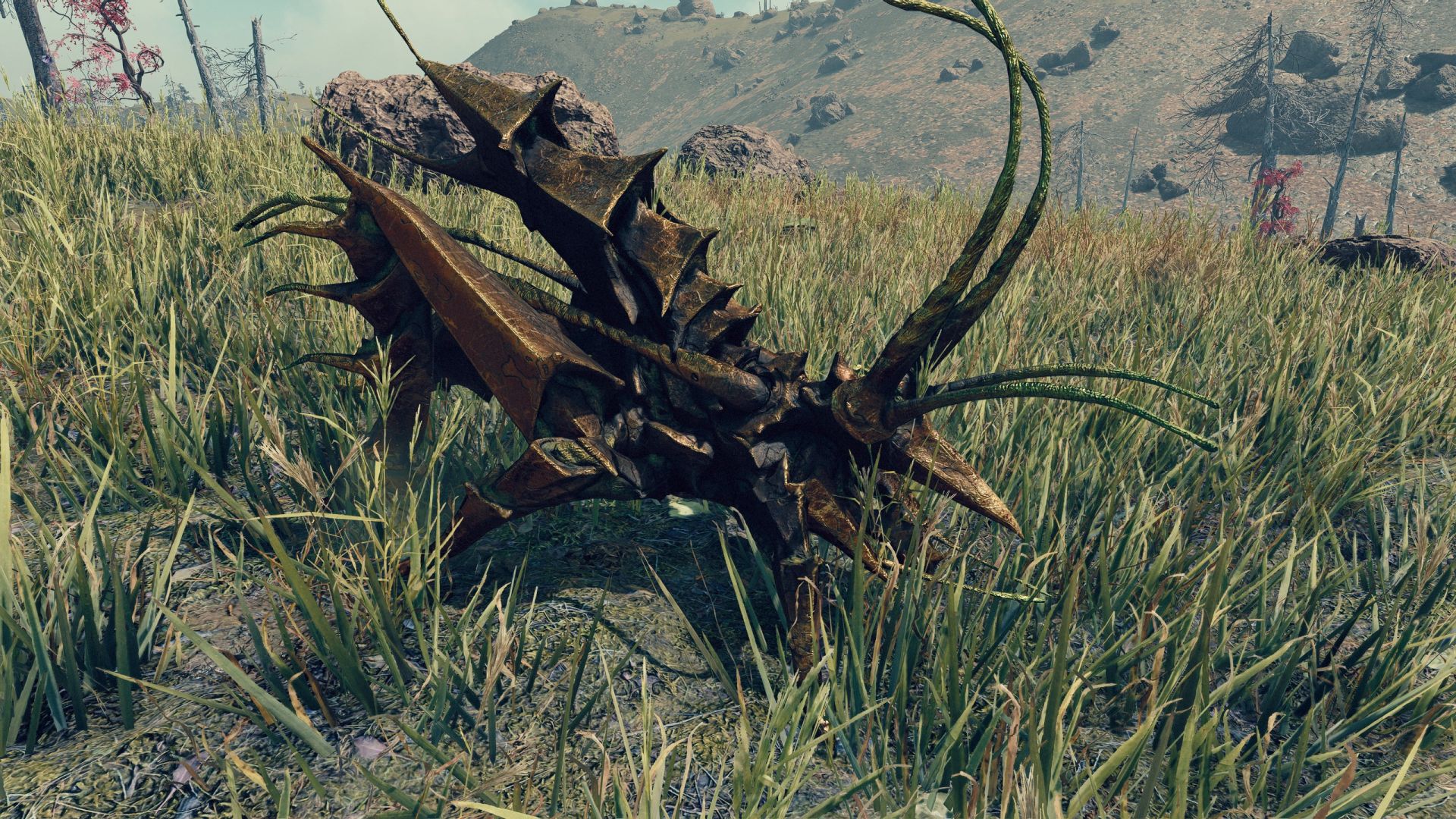
“Our next step was to identify archetypes from our visual exploration,” Nogueira details. “Our goal was to select the best variety of body types to fill specific roles in our substantial number of planets and biomes. This led to us selecting setups such as quadrupeds, octopedes, hexapods, flying and floating creatures, and many others. In the end, we created 15 base archetypes to build from.”
Combs shared that the creatures were split into rigs — the shared skeletons and animations that unique skins are built on top of to give the creatures their distinctive appearance. Most of those skins also have different variants to suit the biomes they are found in. What was impressive to learn was that artists concepted and handcrafted each of the creatures — there is no swapping of body parts, meaning everything you find while on your explorations has been designed specifically.
“We considered creating a library of creature parts that could be mixed and matched to produce a variety of life early on in Starfield production,” Carnow explained. “However, we discarded the idea because it could not produce the fidelity of creatures we wanted. A mix and match system can produce some cool and unexpected results, but it tends to work better in more stylized games. So, every one of the close to 200 creatures in Starfield was built as a unique piece of art, and nothing is piecemeal.”
Let Them Fight
With the “rules of life” in place, it was then a matter of creating the behavior of these creatures. How would they respond to a human encroaching on their territory? What would they do with other creatures around? Would they be territorial? These were all considerations the team was contending with when planting these creatures throughout Starfield’s galaxy.
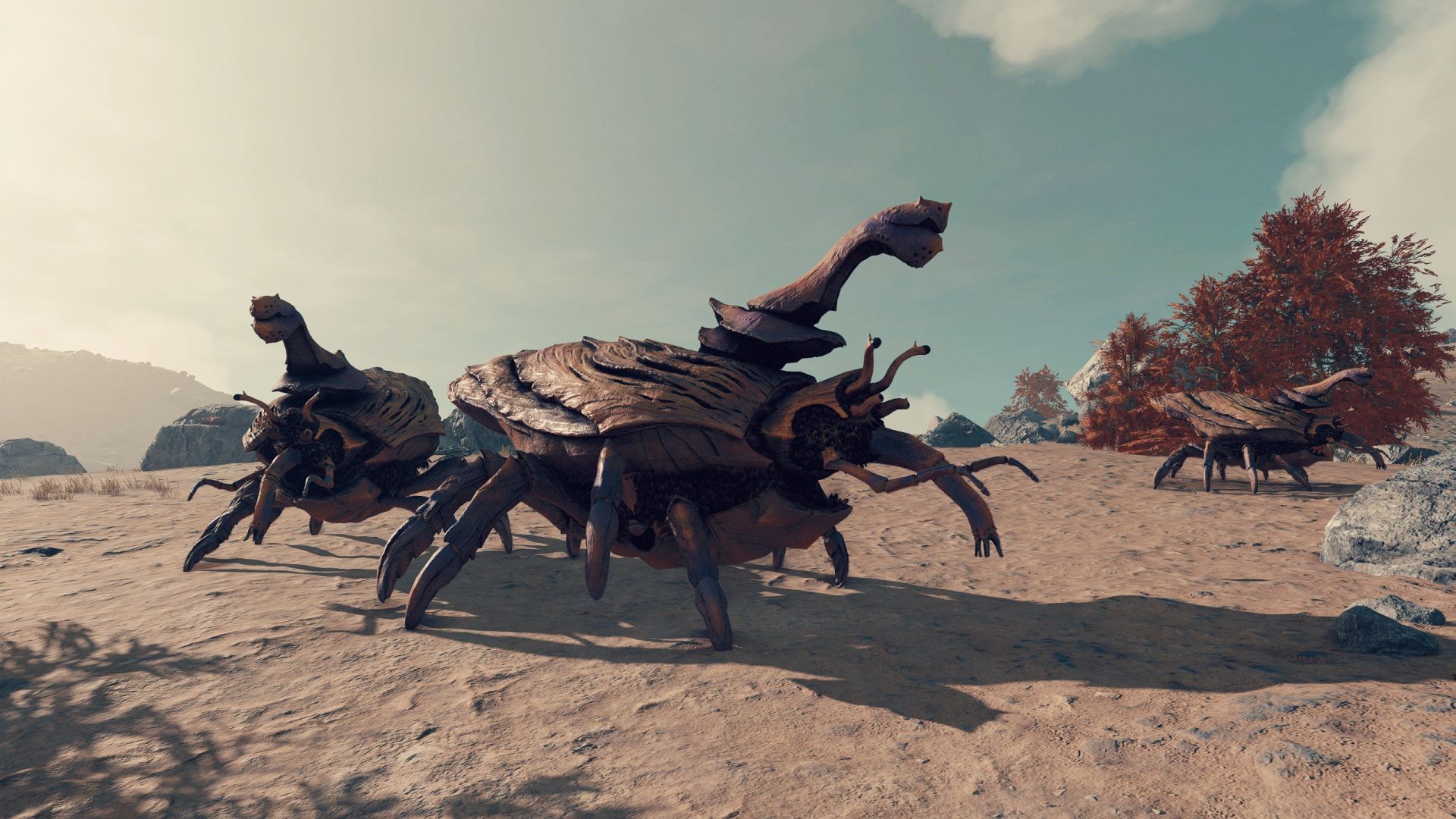
“We have different behavior sets, combat styles, and attack and defense mods we assign to each creature. The biggest difference is between predators and prey,” Combs shares. “The body type and visuals were helpful for determining which creature behaviors to assign. For example, an aggressive-looking spider with fangs would make more sense visually as a predator, while a more docile pig-like creature would make more sense as prey. Larger creatures were made tougher, and if they looked like they had natural armor, there was a better chance of them being assigned a higher damage resistance.”
The animators made sure that every one of their rigs could support any potential creature behavior. They wanted to make sure that the behavior of life in each world was surprising, so they worked to avoid in-game behaviors being driven solely by it.
“If every biped the player encounters is an aggressive predator, and every quadruped is a foraging herbivore, it shrinks the player’s expectations and makes the worlds less interesting to explore,” Carnow shares. “We tried to determine the behavior of each creature based on the look of its anatomical structure. There is a lot of wiggle room however, as we did not want everything with pointy teeth to be a predator for example. Nature should be surprising.”
How fauna would respond to the player is also part of that aspect of keeping nature surprising in the game, but also how to determine their difficulty during these encounters when paired with the type of planet they were found on.
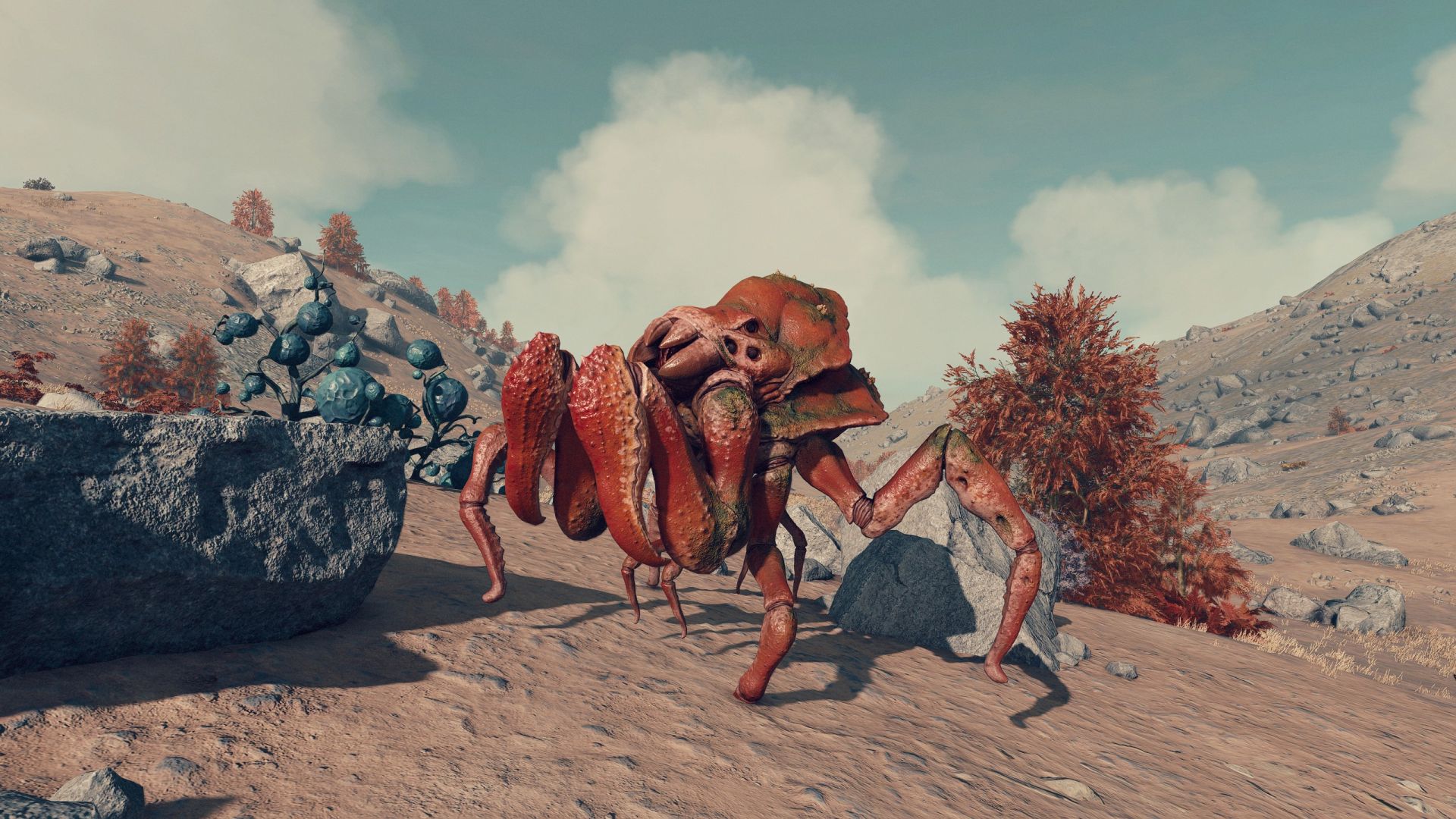
“The level of the planet is the main factor in determining difficulty,” explains Combs. “The strength of the creatures can also be adjusted with a challenge rating with a range from Very Easy to Very Hard, that bumps the level of the creature above or below the default level by varying degrees. This lets us vary the difficulty of the creatures encountered, allowing for easier prey and tougher predators. The creatures can also be given certain abilities that give them better damage resistance or ranged attacks that can make them stronger.”
Rising to the Challenge
Combs shared that determining combat behavior was challenging, and took the most time and effort from programmers, animators, artists, and sound designers to make everything feel right. In addition to working with level and quest designers to get the creatures doing what they wanted in their spaces and quests, it became one of the most difficult jobs in adding alien life in the game.
“The immense number of creatures was the largest challenge from the design side, more so than any individual creature,” Combs explains. “Getting them distributed among the planets in a way that made sense, and modular enough that they could be assigned different behaviors on different planets without seeming too similar, was a challenge. The Terrormorph was one of the most complex that got the most screentime, and required a team of artists, animators, programmers, and designers to get the unique behaviors working.”
“Designing flying creatures that feel believable and look alien was (also) a challenge for us,” says Nogueira. “The main difficulty was to make them look different from each other while having to incorporate specific features such as wings, which from a distance can make them all appear the same.”
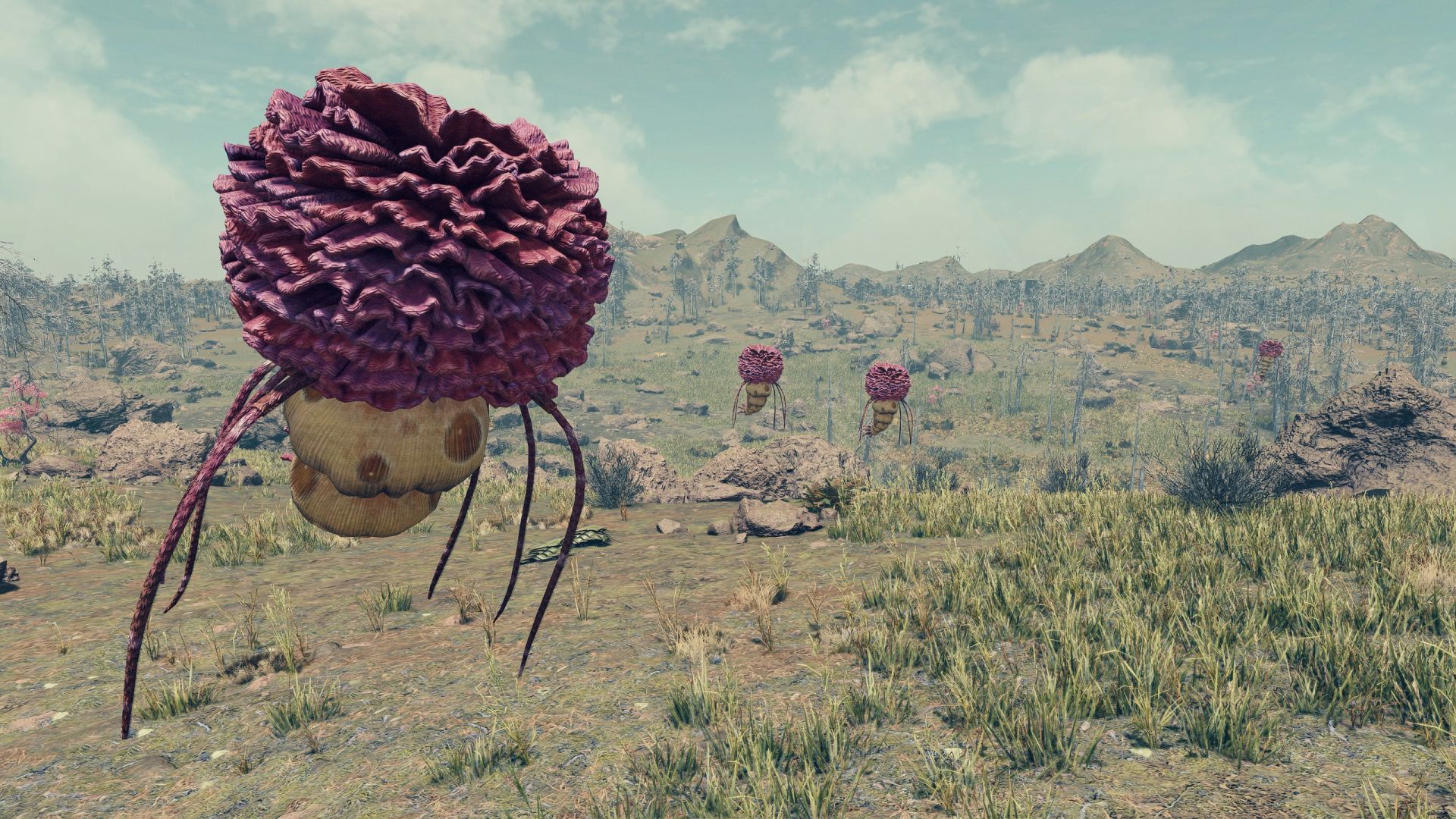
“We created interesting, engaging, and visually impressive fauna on hundreds of worlds that interact with the player and each other in interesting ways,” says Combs. “I would say we got close to what we wanted. There is always more you wish you could do – I still wish you could tame the creatures and build a zoo or have a pet Ashta follow you around, for example.”
As players, we may take for granted just how much goes into being able to explore and interact with a video game universe that is teeming with life — games themselves feel like tiny miracles as it is. Knowing now the incredible level of care and attention to detail that went into creating these planets, and hand placing each of the alien creatures we discover, has made the entire experience of planet hopping in Starfield that much more enticing to continue.
The implementation of broad game development ideas like, “creatures are cool, and we want lots of them,” as Nogueira shared earlier, is quite the star to reach for. Nonetheless, it has been remarkable to learn about the team’s dedication to their work and the passion that went into crafting and populating Starfield’s many alien worlds. Paraphrasing Carl Sagan, we have been carried across these worlds by this team’s imagination.
Starfield is available to play today on Xbox Series X|S, Windows, and with Game Pass.


Starfield
Bethesda Softworks

